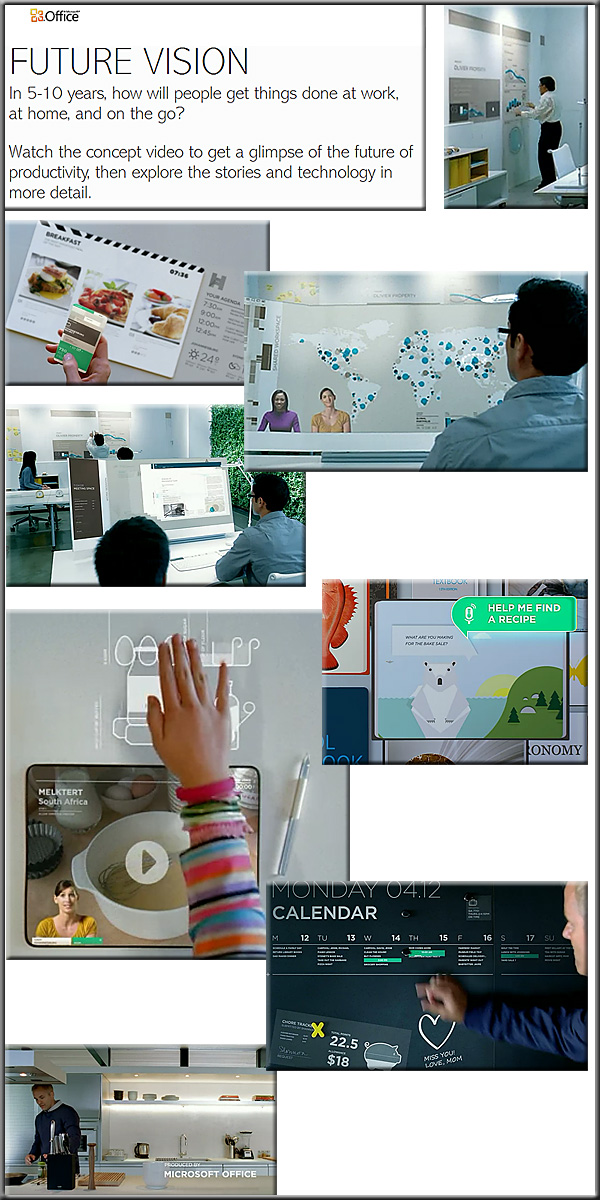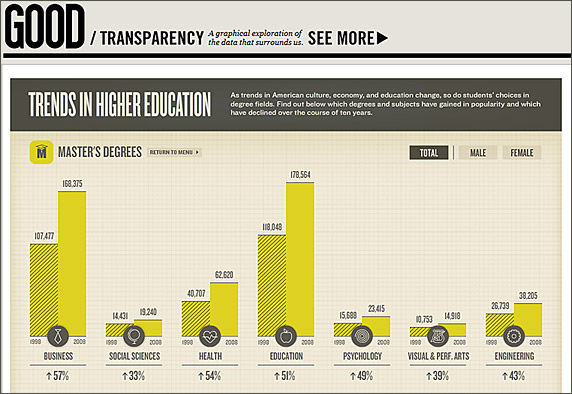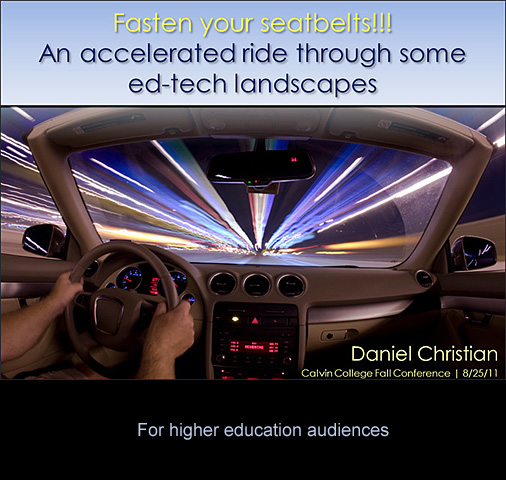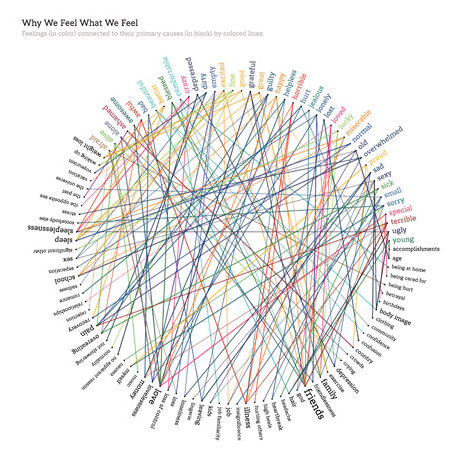Simulation beyond perspective — from noemalab.eu by Pier Luigi Capucci
The discourse of holography as a tool for imagery, art, media studies and science.
Excerpt:
Holography suggests a new visual universe within a culture where the visual simulation is the most effective communication system; and it let us reflect about the need for a more comprehensive definition of “image”. We can believe that future images will also be holographic and that we shall communicate more and more through them, in a delicate balance between presence and absence, immediacy and remoteness, present and past, materiality and immateriality, matter and energy.
Infographic of the day: What are the darkest parts of the Bible? — from fastcodesign.com by Suzanne LaBarre; also Openbible.info
Openbible.info charts the Bible according to positive and negative sentiment–with some surprising results.
Excerpt:
What you end up with is a snapshot of the relative cheeriness–or gloom–of different sections in the Bible. As the designer tells it:
Things start off well with creation, turn negative with Job and the patriarchs, improve again with Moses, dip with the period of the judges, recover with David, and have a mixed record (especially negative when Samaria is around) during the monarchy. The exilic period isn’t as negative as you might expect, nor the return period as positive. In the New Testament, things start off fine with Jesus, then quickly turn negative as opposition to his message grows. The story of the early church, especially in the epistles, is largely positive.
In short, it gives you a bird’s-eye view of the tone of each book, something that’s easy to miss in a line-by-line reading. You could also use it as a guide of sorts to the darkest, juiciest parts of the Bible.
7 essential books on data visualization & computational art — from brainpickings.org by Maria Popova
Data Visualization: Journalism’s Voyage West — from Stanford University
This visualization plots over 140,000 newspapers published over three centuries in the United States. The data comes from the Library of Congress’ “Chronicling America” project, which maintains a regularly updated directory of newspapers.
INFOCOMM/ORLANDO, Fla. – (June 15, 2011) – Christie, a global visual technology company, today unveiled the newest members of its Christie® MicroTiles™ solutions family, the Christie® i-Kit touch interactivity kit, powered by Baanto™ ShadowSense™, and the Christie® JumpStart software and media server, both on technology preview at the Christie InfoComm booth #2127 through to June 17.
Also see:
Example shown above from Weill Cornell Medical College











![InteractiveData-UofPandGOOD2-9-2011 Interactive Infographic: Trends in Higher Education [Good; U of Phoenix]](http://danielschristian.com/learning-ecosystems/wp-content/uploads/2011/09/InteractiveData-UofPandGOOD2-9-2011.jpg)
















